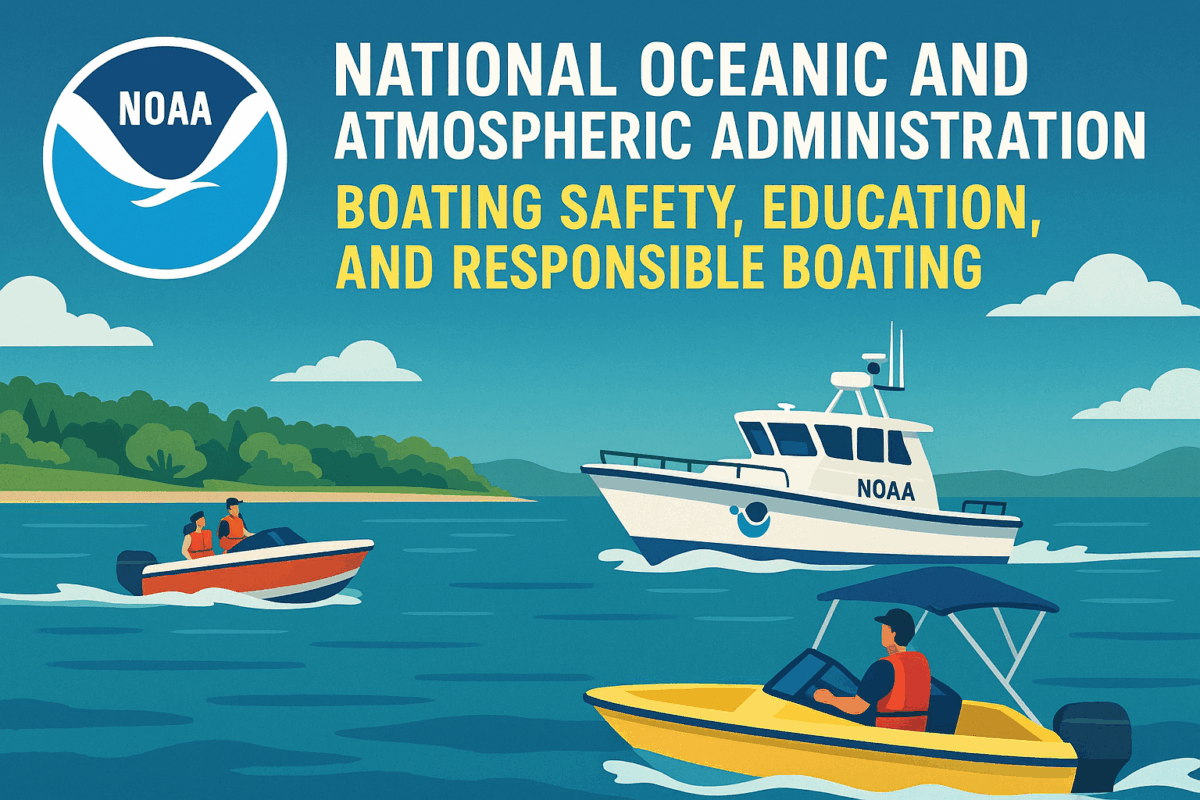Call: 1-800-832-7191

NOAA NWS Video Library
NOAA NWS Video Library Delivers Trusted Weather Education for All Audiences
The NOAA NWS Video Library offers a wide range of educational content focused on weather safety, forecasting, and climate awareness. These videos help viewers understand severe weather alerts, marine forecasts, and seasonal hazards. Because weather affects every aspect of outdoor activity, especially boating, timely and accurate information is essential. The National Weather Service created this library to make complex topics accessible. By watching these videos, boaters and outdoor enthusiasts improve safety and preparedness.
Learn About Storms, Forecasts, and Emergency Alerts
The video library includes content on hurricanes, thunderstorms, flash floods, and winter weather. Viewers learn how to interpret warnings and respond appropriately. Because conditions can change quickly, knowing what to expect helps reduce risk. Videos explain how forecasts are made and why alerts matter. These resources support both recreational users and emergency planners. For additional boating safety tools, visit Connecticut Boating Certificates – The Helm. Staying informed leads to smarter decisions on the water.
NOAA NWS Video Library Supports Boaters and Coastal Communities
The NOAA NWS Video Library features marine-specific content that helps boaters understand wind patterns, wave forecasts, and coastal hazards. Topics include rip currents, fog, and small craft advisories. Because visibility and sea conditions affect navigation, boaters must stay alert and prepared. Videos also cover VHF radio use and how to receive weather updates offshore. These tools empower boaters to plan safer trips and respond quickly to changing conditions.
Access Free, Reliable Information Anytime
All videos in the NOAA library are free and available online. Users can stream content from any device, making it easy to learn on the go. Because new videos are added regularly, returning visitors always find fresh insights. The library remains a trusted source for weather education across the country. Whether you’re a student, sailor, or emergency responder, these videos help you stay safe and informed. Watching and sharing this content builds a more weather-aware community.
